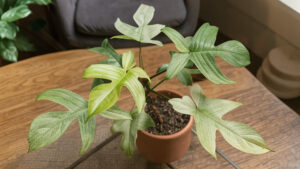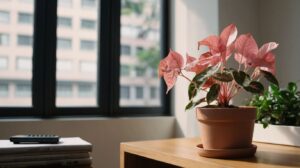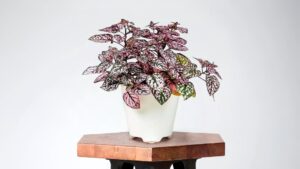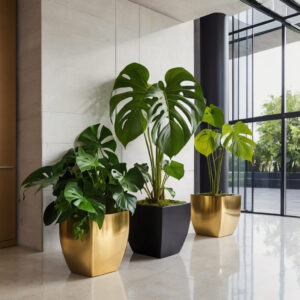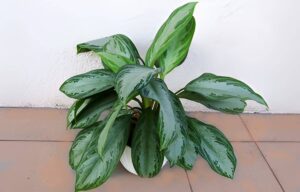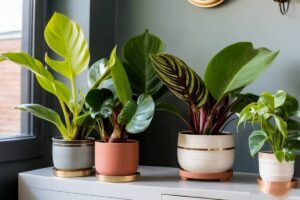Creating a terrarium is a fun and rewarding hobby, especially when you fill it with the right plants. If you’re starting out and feeling overwhelmed by choices, don’t worry! We’ve narrowed it down to the three best terrarium plants to get you started. Plus, these plants are not only beautiful but also super low-maintenance, making them ideal for anyone new to terrariums or indoor gardening in general.
In this article
Pilea Glauca: The Tiny Wonder
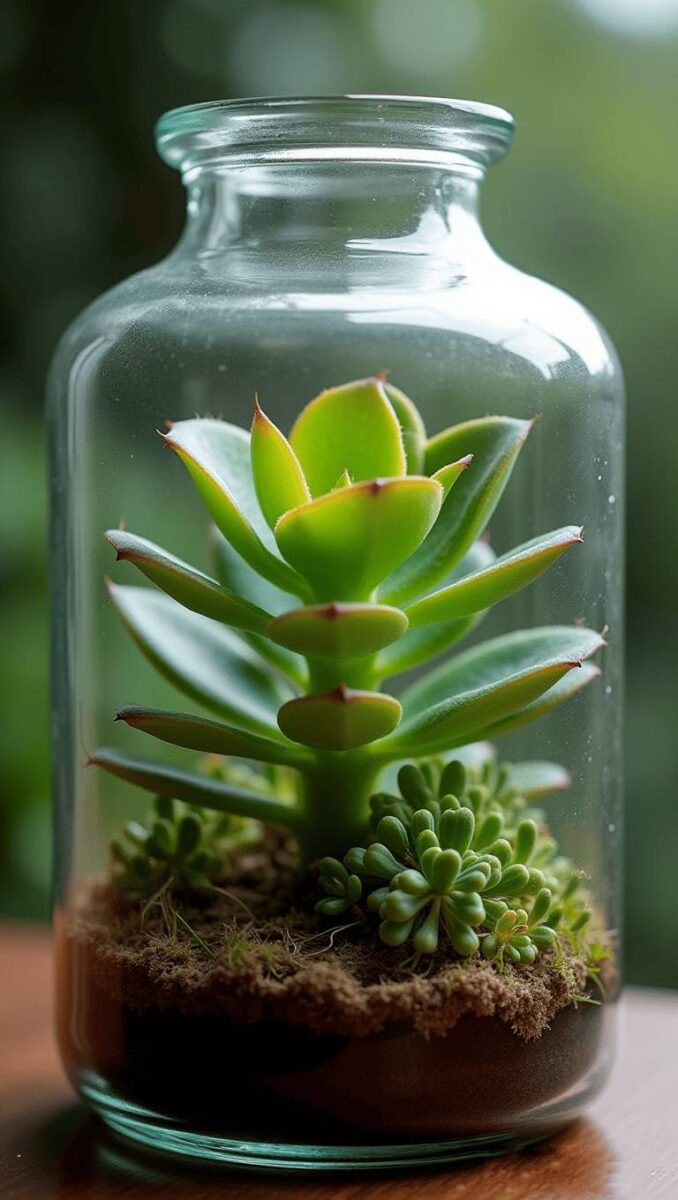
If you’re working with a smaller terrarium, Pilea Glauca is your go-to plant. Often referred to as the ‘Friendship Plant,’ this plant is a charming addition to any terrarium. Its small, round leaves are a vibrant shade of green, creating a lively look that brightens up your space.
This plant is not just pretty; it’s also very low-maintenance. Pilea Glauca thrives in bright, indirect light and only needs watering when the top inch of soil feels dry. It’s a great choice for beginner plant parents looking for an easy-going buddy.
Moreover, this plant can grow fairly quickly, making it a rewarding choice. You’ll love watching it spread and fill your terrarium with lush greenery. Its unique look and growth habit make it an eye-catching feature that will impress anyone who sees it.
Why I love it: Pilea Glauca is perfect for those who want to create a lush, miniature landscape without overwhelming the space. It’s also a great conversation starter—guests will be amazed at how something so small can look so captivating.
Fittonia: The Pop of Color
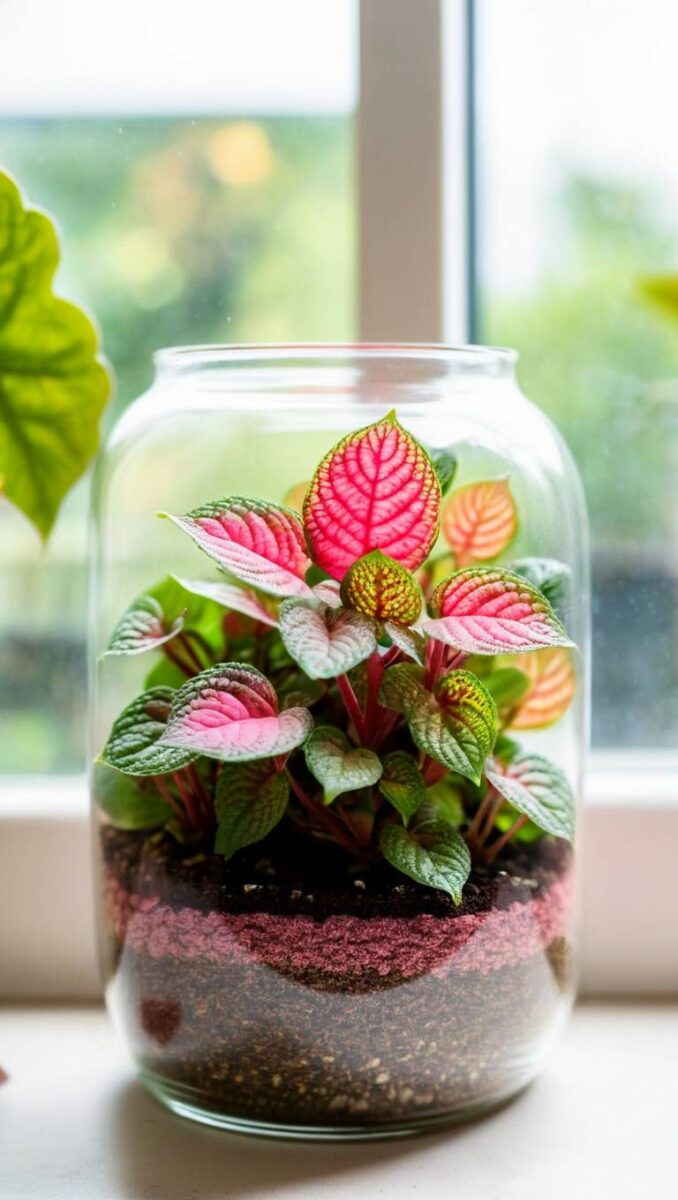
Looking to add a splash of color to your terrarium? Fittonia is the plant for you. Known for its vibrant leaves in shades of pink, red, or white, this plant is a fantastic choice for terrariums. Its vibrant pink and green patterns stand out beautifully against the backdrop of earthy tones in the container. This plant thrives in humid environments.
The way Fittonia spreads its colorful leaves adds a refreshing splash to any space. You’ll notice how its leaves can brighten up the entire setup.
Fittonia is also low maintenance, which is a bonus for beginners.
Why I love it: Fittonia is like the life of the party in your terrarium. It’s bold, beautiful, and adds a playful touch to your indoor garden. Plus, it’s forgiving, so even if you forget to water it occasionally, it’ll bounce right back.
Peperomia Verticillata: The Striking Statement
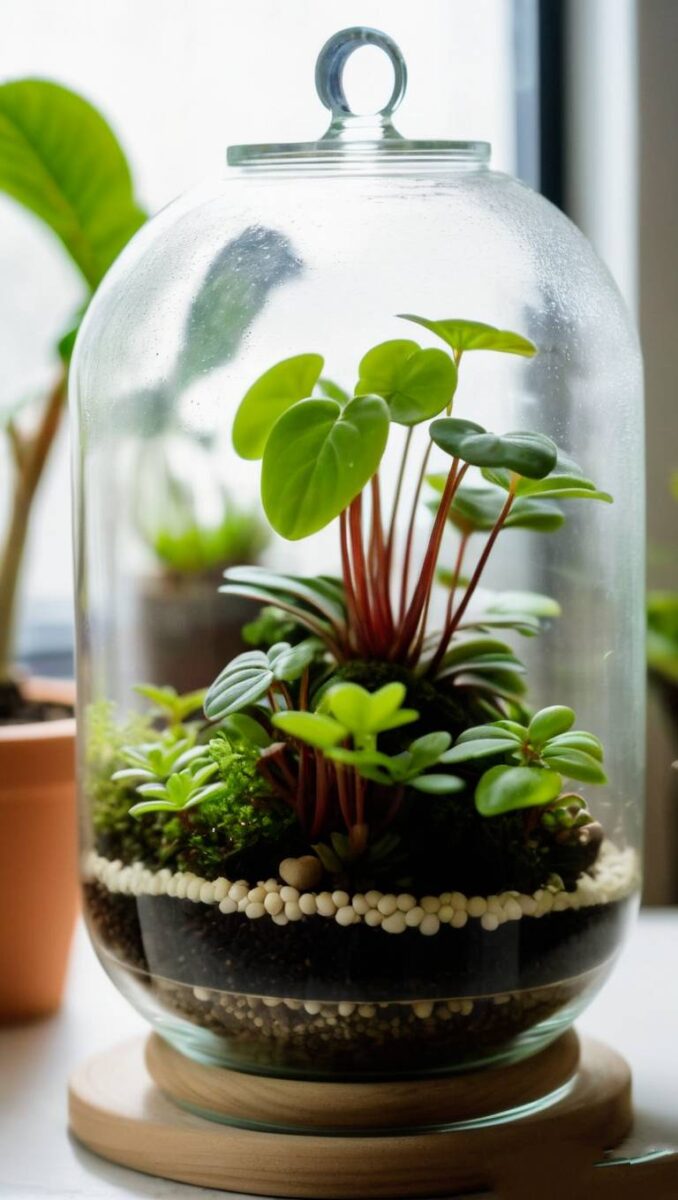
If you’re looking for a plant that makes a statement, Peperomia Verticillata is it. While its leaves can grow a bit larger (over 1-2 cm), it’s still a great choice for medium-sized terrariums. Like the Pilea Glauca, it’s easy to propagate—just follow the same process.
When caring for this plant, it’s important to provide bright, indirect sunlight. Too much direct light can scorch the leaves, while too little can stunt its growth. This makes it perfect for indoor environments, where it can flourish without much fuss. The addition of stones and moss in the terrarium not only enhances the aesthetic but also supports proper drainage and moisture retention, keeping your Peperomia happy and healthy.
Why I love it: Peperomia Verticillata adds a touch of drama to your terrarium. Its unique look makes it stand out, and it’s a great way to add depth and texture to your mini garden.
Why Terrariums Are Perfect for Beginners
- Low Maintenance: These plants thrive in the humid environment of a closed terrarium, meaning you won’t need to water them often.
- Space-Saving: Terrariums are perfect for small apartments or offices where space is limited.
- Eco-Friendly: They’re a sustainable way to bring nature indoors, and many terrarium plants are easy to propagate, reducing waste.
Tips for Terrarium Success
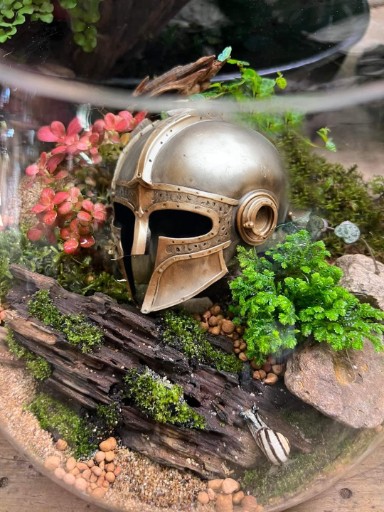
- Choose the Right Container: Make sure your terrarium has good drainage and enough space for your plants to grow.
- Layer Your Substrate: Start with a layer of gravel for drainage, followed by activated charcoal to keep the environment fresh, and then add moss and soil.
- Monitor Light and Humidity: Most terrarium plants prefer indirect light and high humidity, so keep them away from direct sunlight.
Starting a terrarium doesn’t have to be complicated. With these three easy-to-care-for plants—Pilea Glauca, Fittonia, and Peperomia Verticillata—you’ll be well on your way to creating a stunning terrarium
So, what are you waiting for? Grab a container, pick your plants, and start building your own tiny green world today!
YOU MIGHT ALSO LIKE: The Best Indoor Herb Garden Kits

